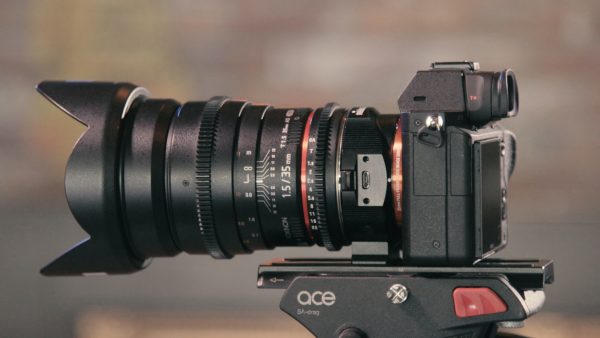A few years ago, if someone were to ask you if your camera was a film camera or a digital camera it would have been a perfectly reasonable question to ask. You may have entered into a debate about the costs of film or the authenticity of finding that perfect shot instead of being able to walk away from your outing with 100 photos of which you could choose your best photo. Regardless of the outcome, in the year 2020 the chances of finding a photographer who only shoots with a film camera is exceptionally rare as technology has advanced drastically. This brings us to the latest hot topic of the pros and cons of mirrorless cameras compared to DSLR cameras and if in 10 years time the DSLR world will be all but forgotten just like film.

DSLR cameras (Digital Single Lens Reflex) have long been the industry standard for professionals and amateurs with a decent budget. This may change with the introduction of mirrorless cameras. DSLR and Mirrorless cameras both share the basic trait of having the body and the lens separate with the possibility of different lenses being used depending on the distance of your subject or the desired effect you wish to achieve. In this article we will cover the differences between the two and how you can make an informed purchasing decision.

A DSLR camera makes use of a system where a mirror redirects light to an optical viewfinder which you will have your eye against in order to frame your shot. DSLR cameras, especially pro level cameras, are known to be somewhat bulky and heavy. The lenses are also known to be rather solid with some lens and camera body combinations being incredibly heavy and impractical for carrying around. This is the biggest difference between the two cameras as a mirrorless camera makes use of either the LCD screen or an electronic viewfinder. The biggest advantage of an electronic viewfinder is the ability to hold your camera to your eye and make adjustments to your settings while the viewfinder reflects the changes in real time, albeit with a very slight delay.
The lack of a mirror may seem to be a very basic difference but it results in several pros and cons which will be broken down into point form below.
Advantages of DSLR Cameras:
Wider range of lenses currently available
Autofocus is faster
No delay in the viewfinder
Disadvantages of DSLR cameras:
More expensive especially for higher end cameras
Heavier and Bigger
Advantages of a mirrorless camera:
Faster shooting (In some cases almost double the frames per second)
Much Lighter
Superior video functionality and quality
Disadvantages of a mirrorless camera:
Weaker battery life
Slight delay in the viewfinder

In conclusion, at the moment this does not spell out death to the much loved DSLR and neither does it indicate that mirrorless cameras are inferior. It is an exciting time as manufacturers compete with each other in the mirrorless industry and improve on the shortcomings to shape the future of photography. If you are in the market for a camera be sure to think about what is important to you in a camera before you make a decision. You can browse our camera category below:
https://www.oneshop.co.za/c~cameras-camcorders/digital-cameras.html